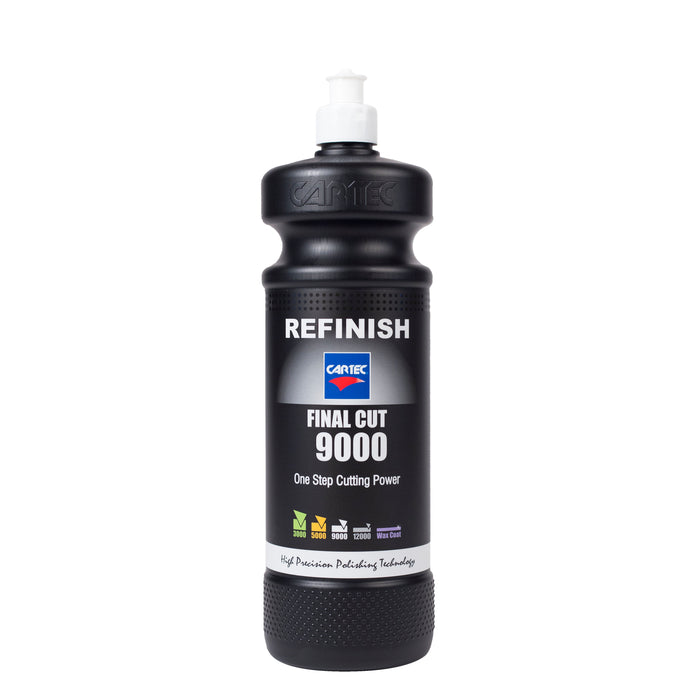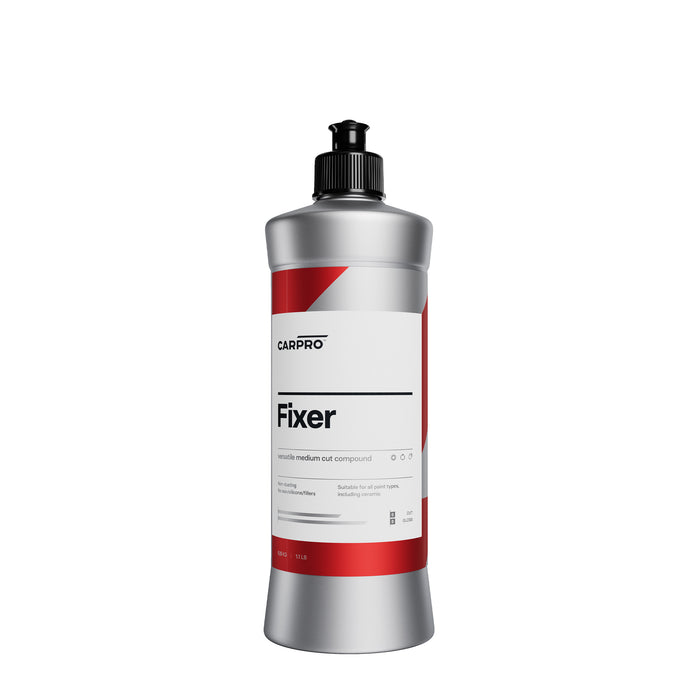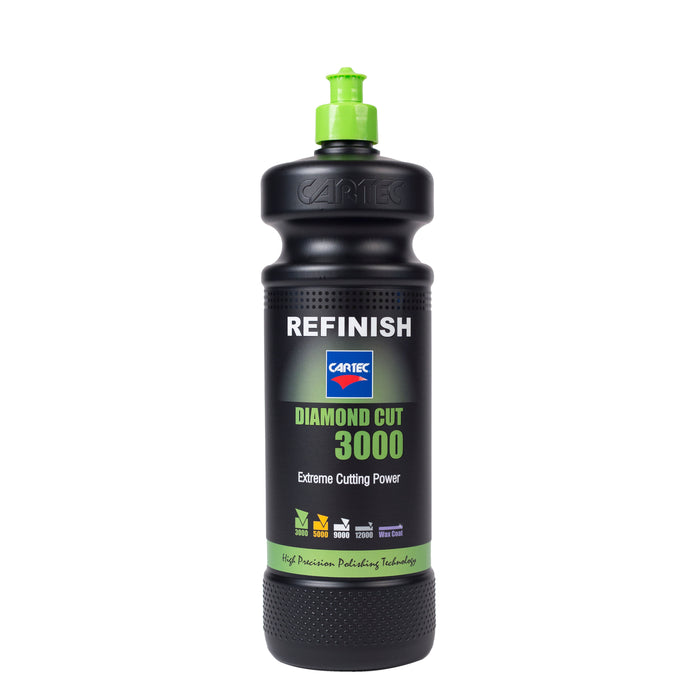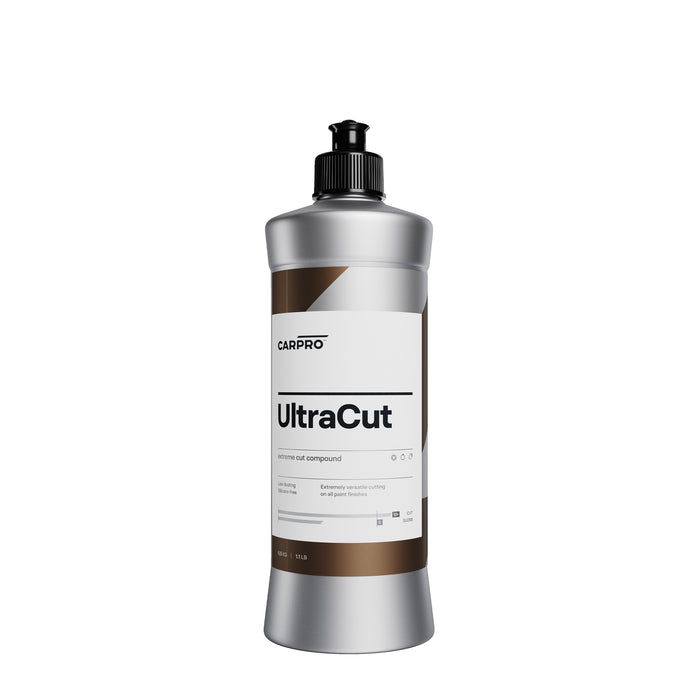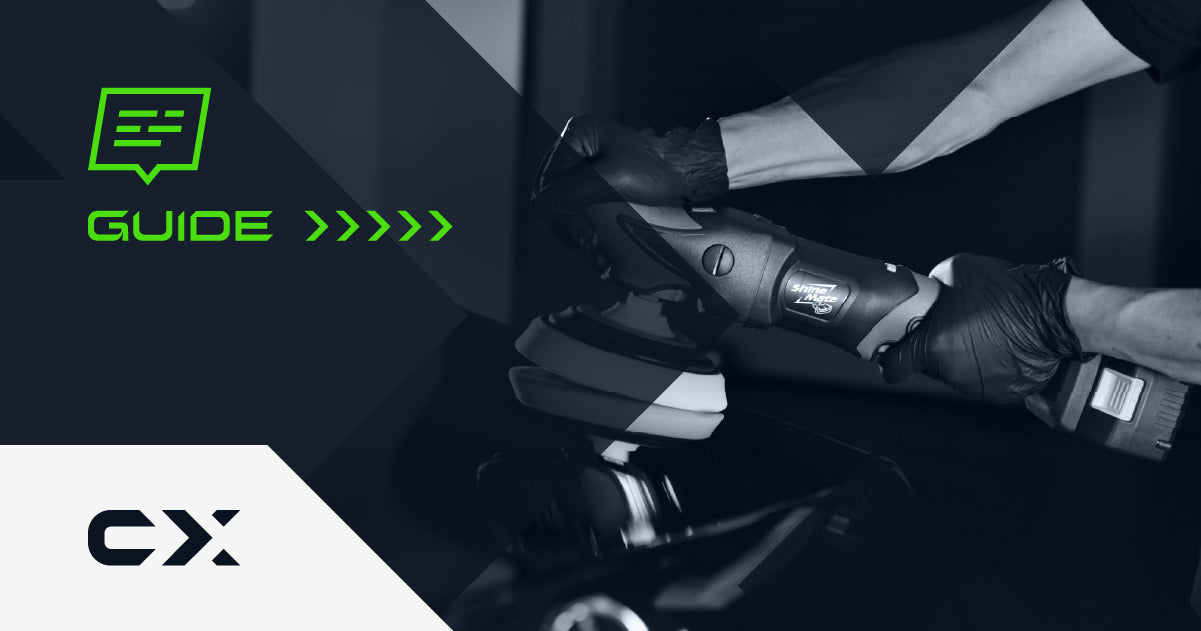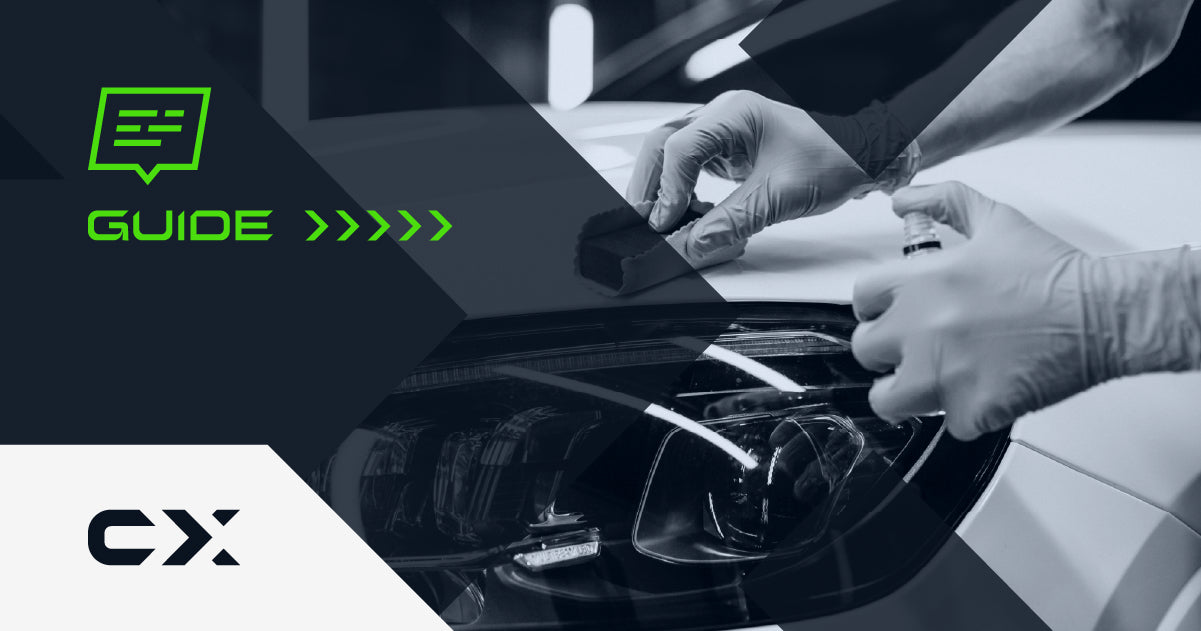During the process of painting a vehicle, several problems can arise. One of these is the orange peel effect, which is a jagged paint finish that does not allow light to reflect well.
/// WHEN DOES IT FORMED?
Generally the formation of this orange peel skin is caused by:
- Excessive distance of the airbrush from the surface to be painted.
- Insufficient spray pressure (poor atomization).
- Paint thickness too low.
- Viscosity too high.
- Hardener and/or thinner too fast in relation to the temperature and size of the painted substrate.
- Gun nozzle too small.
- Too long waiting times between applications of different layers.
/// HOW TO REMOVE ORANGE PEEL
Removing this defect means leveling the jagged paint so as to restore the mirror effect. There are 2 main methods to solve this problem.
First of all, it is essential to mask with tape the chrome, plastic, glass, corners, edges and all the surfaces that are near the area to be restored to avoid ruining them.
MODE 1
Use a Denim pad combined with a rotary polisher. Thanks to its denim coating, the pad can smooth out the damaged substrate, softening the paint.
- Apply 4 drops of a Medium Finishing Polish , such as Final Cut 9000, to the pad. Turn the polisher to high speed as the jeans need to be warmed up, and work the product until it is almost dry.
- Remove any product residue with a microfibre cloth.
- Perform a second pass if necessary.
- If you want to add extra gloss, apply a coat of a medium polish, such as Final Cut 9000 or Fixer , combined with a medium buffer.
MODE 2
- Sand the dry area with sandpaper or P1500, P2000 and P3000 grit discs. If the surface is delicate or does not have an excessively marked defect, start with P2000 grit.
Then remove the dust generated by sanding with Isopropyl Alcohol and a microfibre cloth. - Apply 4 drops of a Cutting Compound , such as Diamond Cut 3000 or Ultracut, to a severe defect pad.
- Remove any product residue with a microfibre cloth.
- If you want to add extra gloss, apply a coat of a medium polish, such as Final Cut 9000 or Fixer, combined with a medium buffer.
We therefore recommend our Orange Peel Removal Kit for random orbital polishers as it is a middle ground between the two methods mentioned above.


